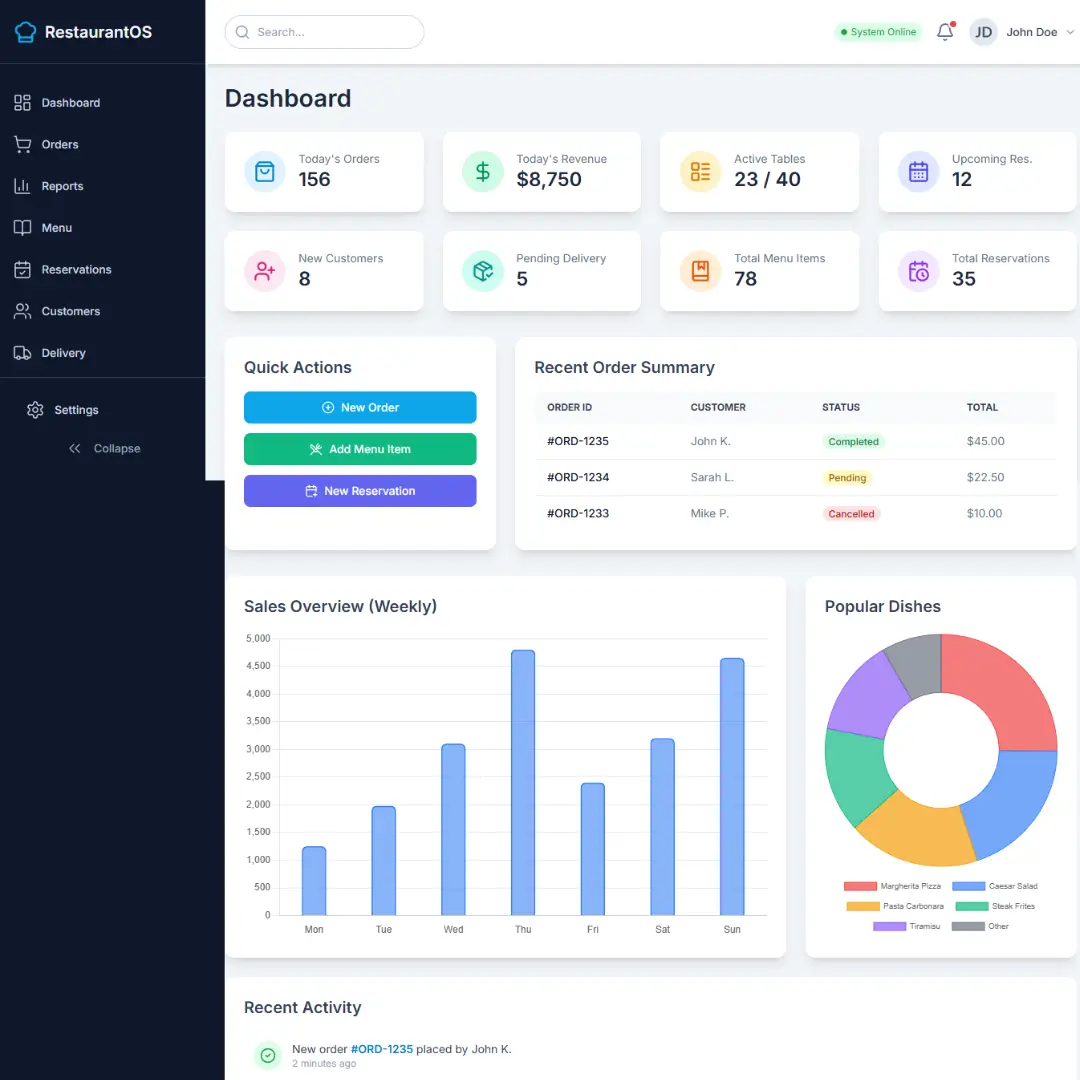Whether you are a developer, business analyst, statistician, or just curious about how SQL works, this is a great guide for learning the basics of SQL in 2024.

In this article, we will teach you how to learn SQL (Structured Query Language) step-by-step. SQL is a very powerful database management system (DBMS), and it is used by many large companies and websites.
Before we begin, it is important to understand that SQL isn't easy to learn. However, with the right approach, it can be easily learned. In this guide, we will walk you through each step of the process. We also provide plenty of resources so that you can continue learning after reading this article. So let's get started!
What is SQL?
SQL is a standard database language used for managing data. It is used by many websites and applications to store and retrieve data.
SQL is a standard database language that is used by many websites and applications to store and retrieve data. It can be used to manage data from a variety of sources, including websites, applications, and databases. SQL can be used to query and manipulate data in a variety of ways.
Some features of SQL are:
One of the features of SQL is its scalability. This means that it can handle large amounts of data. SQL can also be used to interface with other systems, such as cloud-based applications.
Another feature of SQL is its flexibility. This means that you can use it to retrieve data in different ways. For example, you can use SQL to retrieve data from a database, or from a web application.
Finally, SQL is easy to learn. This means that you can start using it right away if you want to. All you need is a basic understanding of computers and databases.
SQL Basic Syntax
To learn how to use SQL, you first need to understand the syntax of the language. SQL is a standard language used for database management. It is written in a specific syntax that is easy to understand.
To create a table in SQL, you must use the CREATE TABLE command. This command creates a table in the database that can store information. To create a column in a table, you must use the CREATE COLUMN command. This command creates a new column in the table that can store data. You can also use the ALTER TABLE command to change the structure of a table.
You can use the SELECT statement to retrieve data from a table. The SELECT statement selects data from one or more columns in a table. You can also use the SELECT * statement to select all data from a table. The SELECT statement also allows you to select data from different tables in the same database.
To insert data into a table, you must use the INSERT INTO command. This command inserts data into one or more columns in a table. You can also use the UPDATE and DELETE commands to modify data in tables.
SQL Clauses
To learn how to use SQL, you first need to become familiar with the different clauses that are used in the language. There are four main clauses that you need to know: SELECT, WHERE, OFFSET, and ORDER BY.
SELECT is used to select data from a table. You can use it to get information about the whole table or specific columns in the table. To use SELECT, you need to specify which columns you want to select. You can also use SELECT to get data from multiple tables simultaneously.
WHERE is used to filter the data that is returned by SELECT. You can use WHERE to restrict the data that is returned to a certain column or group of columns. You can also use WHERE to restrict the data to a certain date range.
OFFSET is used to specify where in the data should be started when fetching it from a database. OFFSET allows you to start fetching data at a specific row number or at a specific position in the table.
ORDER BY is used to order the data that is returned by SELECT. It allows you to specify which column should be first, second, etc.
SQL Data Types
There are four basic data types in SQL: numeric (integers, floating point numbers, and real numbers), character (alphanumeric characters), date and time, and text (plain text)
Numeric data is the most common type in SQL. It can be used to store numbers, money, or any other kind of integer value. Numbers are stored as strings in SQL, which makes them easy to read and manipulate.
Float data is similar to numeric data but it can also store decimal values. This type of data is useful for things like calculating taxes or salary amounts.
Character data is used to store text information. This type of data can be used to store customer names or addresses.
Date/time data stores information about dates and times. This type of data is useful for tracking events or tracking the progress of a task.
Text data stores any kind of text information. This type of data is useful for storing user accounts or message logs.
SQL Operators
To learn how to use SQL, you first need to learn the different SQL operators. These are the basic commands that you use when working with SQL databases.
There are six operators:
The first operator is the equal sign (=), which is used to compare two values. For example, you can use it to check if two values are equal.
The second operator is the NOT equal sign (!=), which is used to test whether one value is not equal to another. For example, you can use it to check if a value is not a number.
The third operator is the addition (+) operator. It works like this: you give it two values and it will add them together.
The fourth operator is the subtraction (-) operator. It works like this: you give it two values and it will subtract them from each other.
The fifth operator is the multiplication (×) operator. It works like this: you give it two values and it will multiply them together.
The sixth operator is the division (÷) operator. It works like this: you give it two values and it will divide them by each other.
Why Learn SQL?
There are many reasons why people might want to learn SQL.
One reason to learn SQL is that it is a versatile language that can be used for a variety of tasks. It can be used to manage data in websites and applications, as well as store data in databases. Additionally, SQL can be used to query and update data in these systems.
Another reason to learn SQL is that it is a widely supported language. There are many different software products that support SQL, making it easy to find a suitable platform for your needs. This means that you will not have to learn an entirely new language if you want to work with another platform or application.
Finally, learning SQL will also benefit your career prospects. As SQL becomes more popular, there are more opportunities for professionals who understand the language. Therefore, learning SQL now will have long-term benefits for your career prospects.
How to Learn SQL
There is no single way to learn SQL, as the language and syntax vary from database to database. However, there are a few basic steps that everyone should follow in order to learn SQL:
1. Start with a beginner database. A beginner database is a simplified version of a real database that you can use to practice and learn the basics of SQL. This can be found online or at your local library.
2. Try out different SQL commands. Once you have a good understanding of the basics of SQL, it's time to start experimenting with different commands and queries. This will help you learn how the various elements of the language work together.
3. Attend an introductory course or workshop. Although not necessary, taking an introductory course or workshop can help you solidify your knowledge of SQL and focus on specific areas that you may need improvement on.
Conclusion
If you're looking to learn SQL, whether for your own personal use or to help out a friend or family member, this step-by-step guide will have you up and running in no time. By following the simple instructions outlined in this article, you'll be able to understand how SQL works and start using it to manage your data effectively. So what are you waiting for? Get started today and see just how powerful SQL can be!
That’s a wrap!
Thank you for taking the time to read this article! I hope you found it informative and enjoyable. If you did, please consider sharing it with your friends and followers. Your support helps me continue creating content like this.
Stay updated with our latest content by signing up for our email newsletter! Be the first to know about new articles and exciting updates directly in your inbox. Don't miss out—subscribe today!
If you'd like to support my work directly, you can buy me a coffee . Your generosity is greatly appreciated and helps me keep bringing you high-quality articles.
Thanks!
Faraz 😊


























